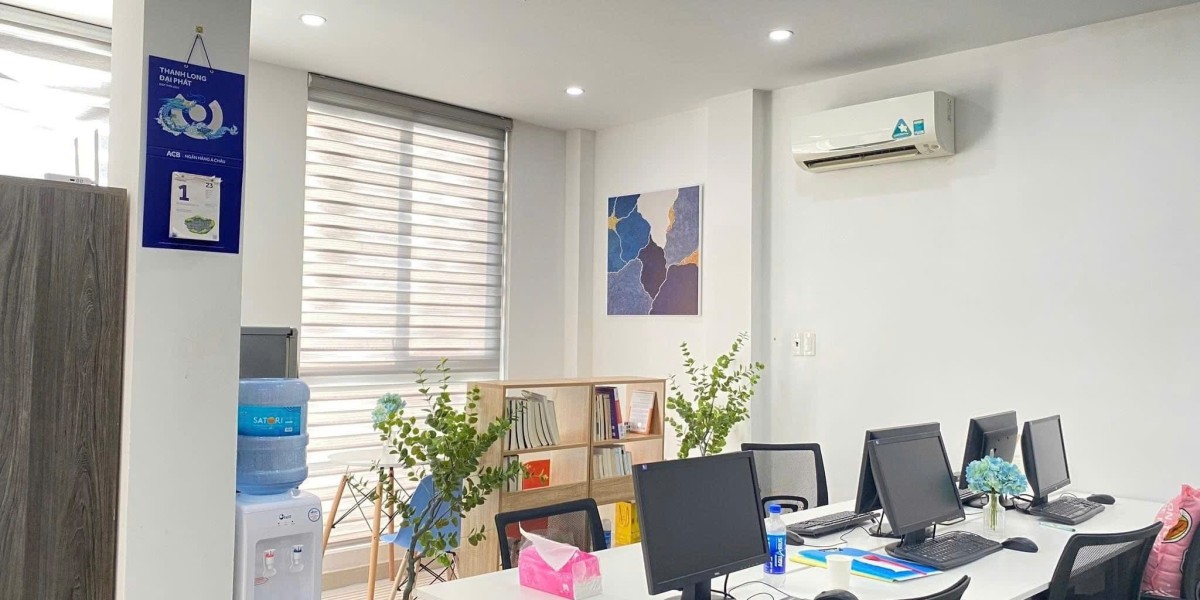In today's fast-paced and dynamic warehouse environments, safety is of utmost importance. As warehouse workers navigate through various tasks and operate heavy machinery, it is crucial to prioritize safety measures to prevent accidents and promote a secure working environment.
Promoting a Culture of Safety
An essential step in ensuring warehouse safety is establishing and promoting a culture of safety within the organization. This involves creating awareness, providing ongoing training, and encouraging employee engagement in safety protocols. When safety becomes a core value, everyone from management to frontline workers actively participates in maintaining a secure workplace.
Here are some common safety measures that every warehouse worker should be familiar with:
1. Proper Training and Certification
Before performing any tasks in the warehouse, workers should undergo comprehensive training on safety procedures, equipment operation, and the proper handling of materials. Additionally, employees should obtain appropriate certifications to operate machinery such as forklifts, pallet jacks, and other equipment.
Regular refresher training and evaluations should be conducted to ensure that workers are up to date with the latest safety protocols and techniques.
2. Adequate Personal Protective Equipment (PPE)
Providing and enforcing the use of proper personal protective equipment is crucial in maintaining worker safety. Warehouse workers should be equipped with PPE such as sturdy footwear, high-visibility vests, hard hats, safety glasses, and gloves, depending on the nature of their work.
PPE not only protects workers from physical hazards but also helps enhance overall safety awareness.
3. Clearly Defined Traffic Management
Warehouses can be busy with various types of vehicles, including forklifts, trucks, and pedestrians, all sharing the same workspace. Implementing effective traffic management systems can significantly reduce the risk of accidents and collisions.
This includes clearly marked walkways, signage, designated loading and unloading areas, and speed limits for vehicles. Regular safety audits and inspections should be conducted to identify and address any traffic management concerns.
4. Regular Equipment Maintenance and Inspections
Maintaining and inspecting warehouse equipment on a regular basis is vital to prevent malfunctions and accidents. Regular maintenance schedules should be established for all machinery, including forklifts, conveyor belts, and pallet racks.
Workers should be encouraged to report any malfunctioning equipment immediately, and repairs should be carried out promptly to avoid potential hazards.
5. Proper Material Handling Techniques
Improper lifting and handling of materials can lead to musculoskeletal injuries. Workers should be trained on proper lifting techniques, including keeping the back straight, bending at the knees, and using assistive devices like dollies or carts when necessary.
Heavy objects should be stored at waist height to minimize the risk of strain and injury to the worker. Additionally, proper stacking and securing of materials on pallets or shelves are essential to prevent falls and injuries.
6. Fire Safety Measures
Warehouses often deal with flammable and combustible materials, making fire safety a top priority. Fire exits should be clearly marked and unobstructed. Fire extinguishers should be readily available throughout the facility, and employees should be trained on how to operate them correctly.
Regular fire drills and inspections should be conducted to ensure that emergency procedures are well understood and can be implemented effectively.

7. Prevention of Slips, Trips, and Falls
Slips, trips, and falls are common accidents in warehouses. Implementing measures to prevent such incidents is crucial. This can include keeping walkways clear and free from clutter, applying anti-slip coatings on floors, and installing proper lighting to enhance visibility.
Workers should also be trained to report any potential tripping hazards, such as loose cables or slippery surfaces, to the appropriate authority for immediate action.
By implementing these common safety measures, warehouse operators can significantly reduce the risk of accidents and injuries and create a safe working environment for their employees.
For more information on how to identify loading dock hazards and improve safety measures, please visit this link.
Additionally, you can visit our Padlet at this link for more insights and resources on warehouse safety and operational excellence.






